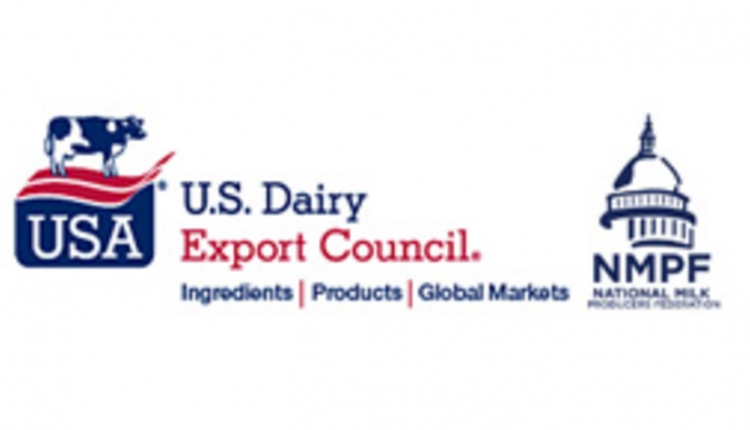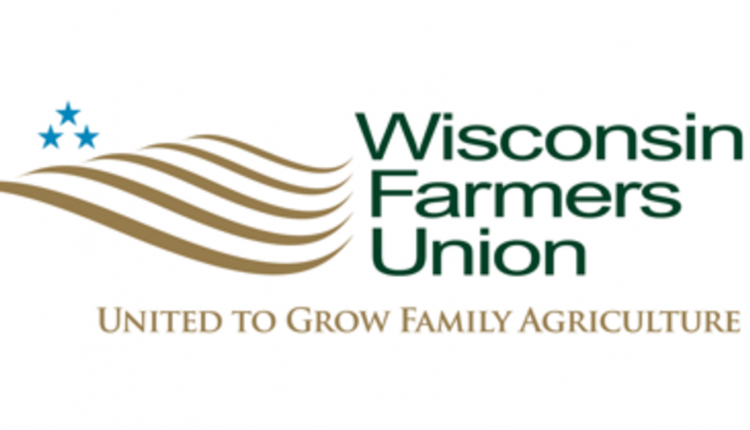As printed in our November 2016 issue . . .
FOUR-FIFTHS OF NEW MILK came from five states when evaluating September output — Wisconsin grew by 79 million pounds; Idaho, 57 million; New York, 56 million; Michigan, 48 million; and Texas, 44 million.
MORE COWS DROVE PRODUCTION in Texas, up 26,000 head; Idaho, and Michigan, up 12,000 head each. Meanwhile, more milk per cow set the pace in Wisconsin, up 2 pounds per head; and New York, up 3 pounds.
CALIFORNIA POSTED ITS SMALLEST REDUCTION this year as milk flow dropped 0.1 percent. Other Western states that were off the prior year’s pace were: Utah (-3.3 percent), New Mexico (-1.3), and Oregon (-0.5).
DAIRY COW CULLING PULLED BACK as 6,700 fewer head were sent to packing plants in September. Overall, slaughter was off 20,100 cows from last year’s 2,172,400 head during the first nine months.
ORGANIC MAILBOX PRICES RAN $16 TO $22 higher per hundredweight than conventional milk. Organic versus conventional prices for June 2016 milk were: Northeast, $32.46 and $15.99; Mideast, $33.04 and $14.86 (Ohio); Upper Midwest, $33.45 and $14.78 (Wisconsin); Central, $34.24 and $13.62 (Corn Belt); Southwest, $35.14 and $12.80 (New Mexico).
WITH OVER 250,000 MORE COWS since 2005, the U.S. dairy herd may have peaked in size, suggested Marin Bozic and Jordan Clark. Previously, the U.S. dairy herd had shrunk in size each decade since the end of World War II. To learn more, turn to Milk Check Outlook on page 702.
BUTTER STOCKS CONTRACTED FROM AUGUST, and cheese inventories held steady, but both stood at modern-day September highs. At 269.2 million pounds, butter inventory ran 46 percent higher than the previous five-year average. At 744 million pounds, cheese stocks were up 13.6 percent.
NOVEMBER TO FEBRUARY CLASS III FUTURES traded in a tight window between $15.40 and $15.58 at the magazine’s close. At a $16.20 average, contracts for March to September traded at higher levels.
A BIGGER COTTON CROP could mean lower cottonseed prices. Overall, USDA forecasts a 19.6 percent jump in total upland cotton acres this year, a bounty that translates into 26.4 percent more cottonseed.
WITH SIX-FOLD GROWTH IN DAIRY EXPORTS, free trade agreements have greatly benefited the U.S. dairy industry from 2000 to 2015. During that time, annual dairy exports grew from $476 million to $2.8 billion. Growth with free trade partners exceeded all other markets combined.
WHILE GLOBAL EXPORT CONDITIONS are rarely smooth, Rabobank dairy analyst Tom Bailey said the rest of the world is dealing with more problems than the U.S., and that puts America in a favorable position. Heading the list of problems is falling production due to low prices.
In your December 2016 issue . . .
THEY SHARE THEIR BEST BUYS AND DECISIONS. Certain investments of time and money reaped great rewards for these Round Table participants from Kansas, Minnesota, New Mexico, and South Dakota.
HIT THE METHIONINE TARGET. A good nutritional start is critical for reproductive success in herds.
BULL CALVES DESERVE EQUAL CARE. Despite advances in calf care, a gulf remains between the attention heifer and bull calves receive on farm.









